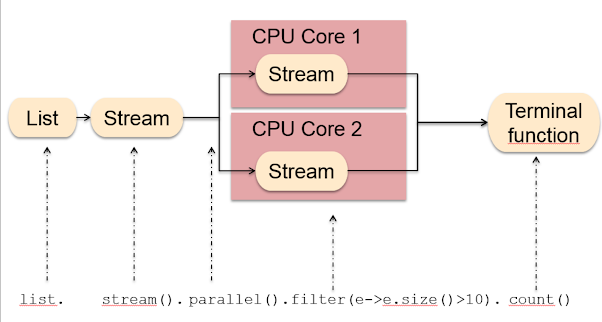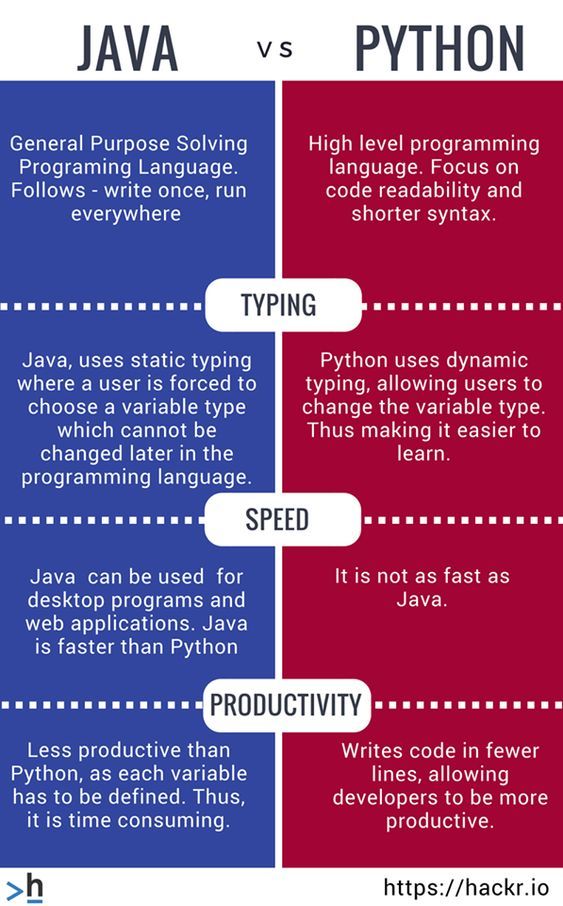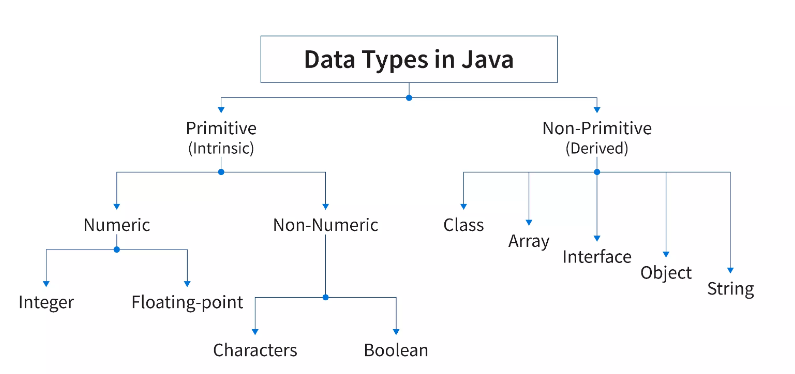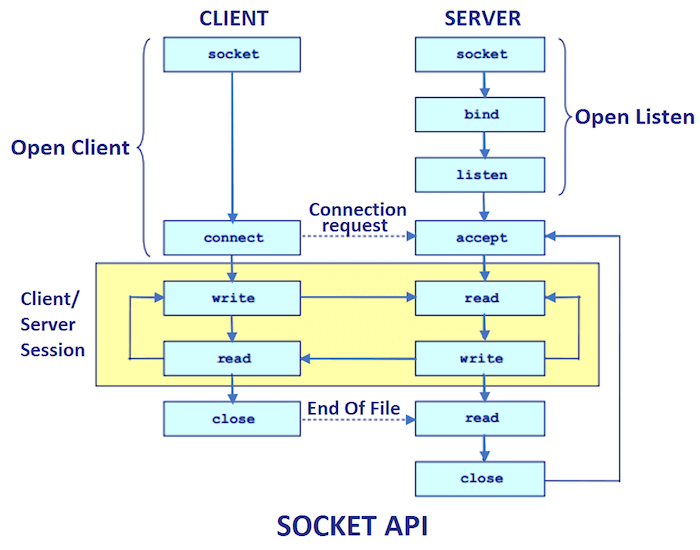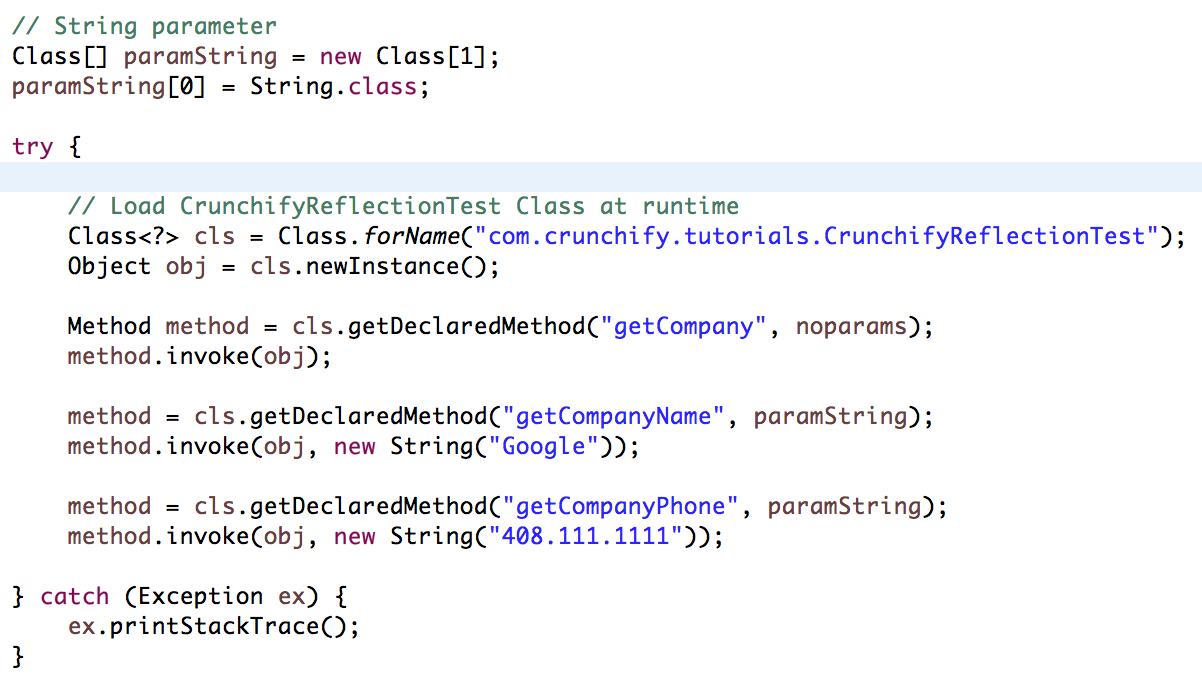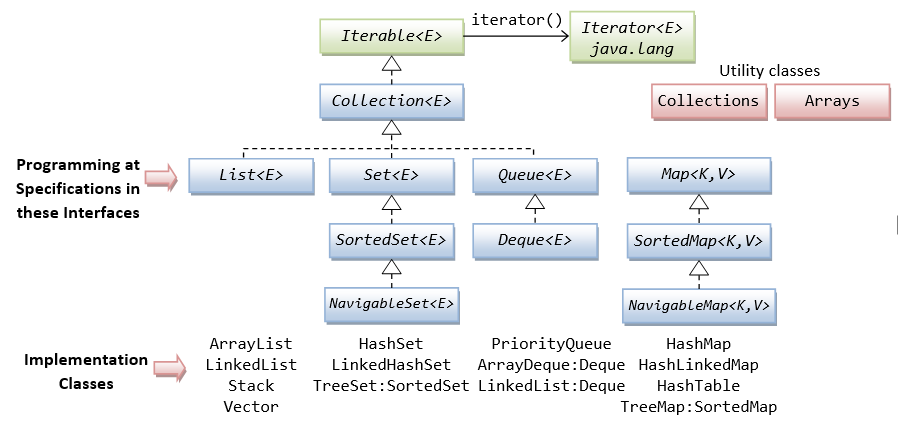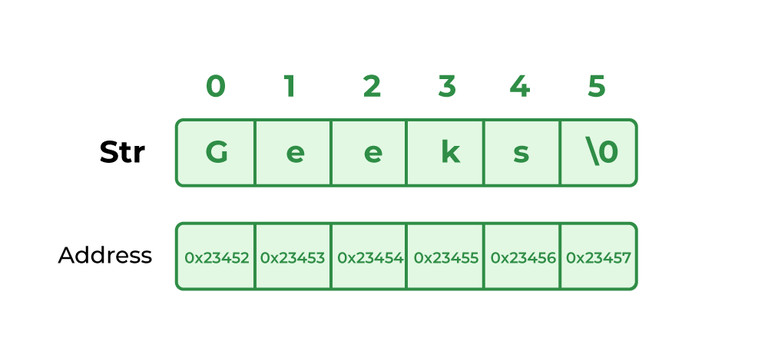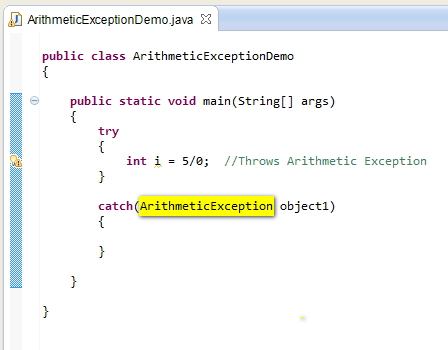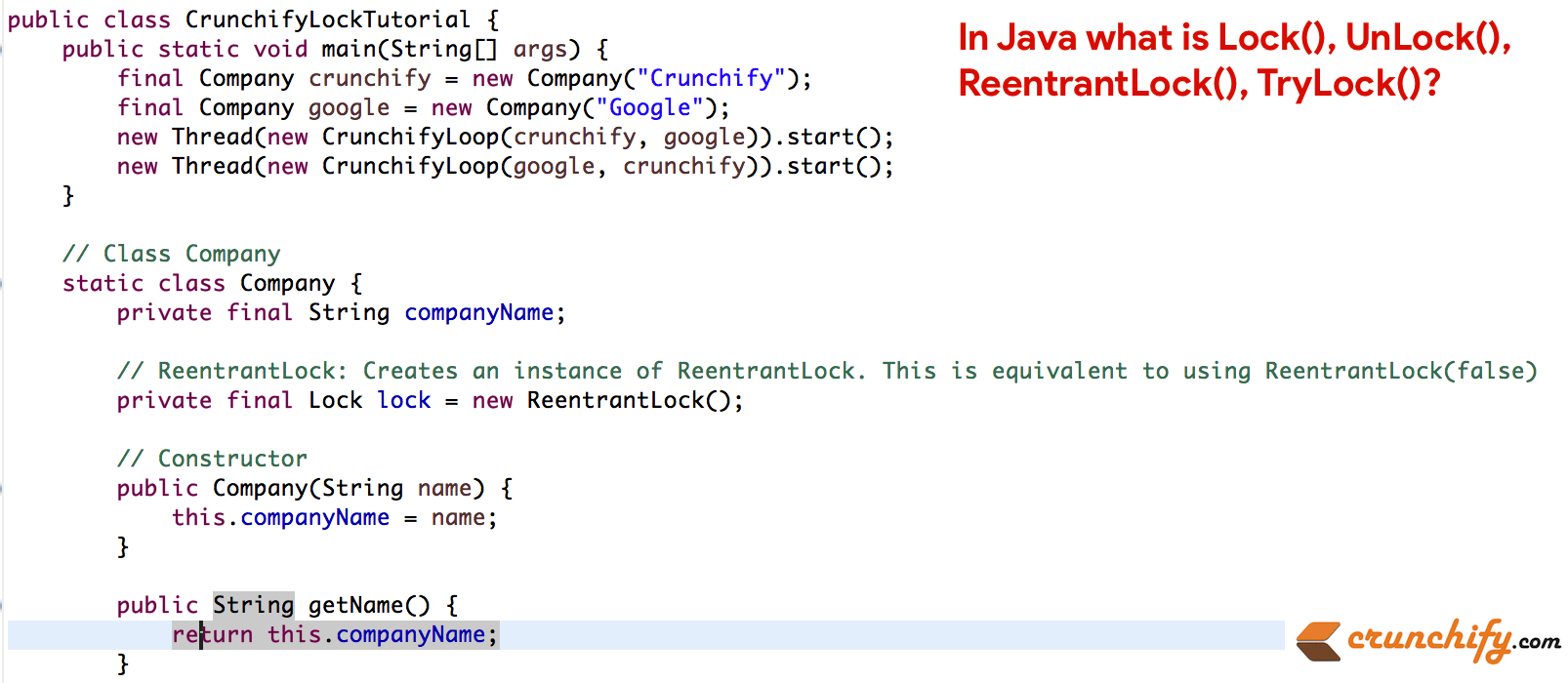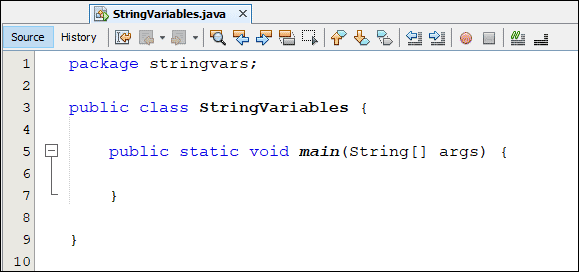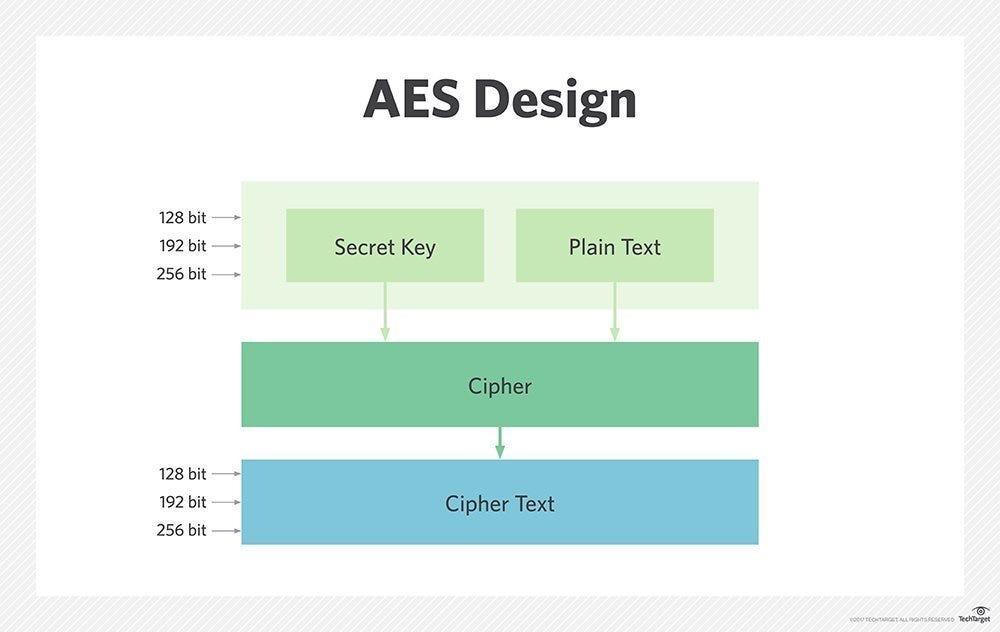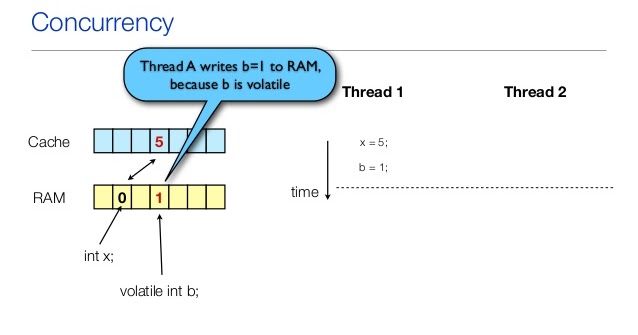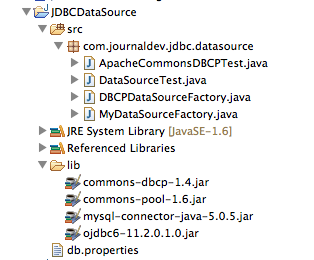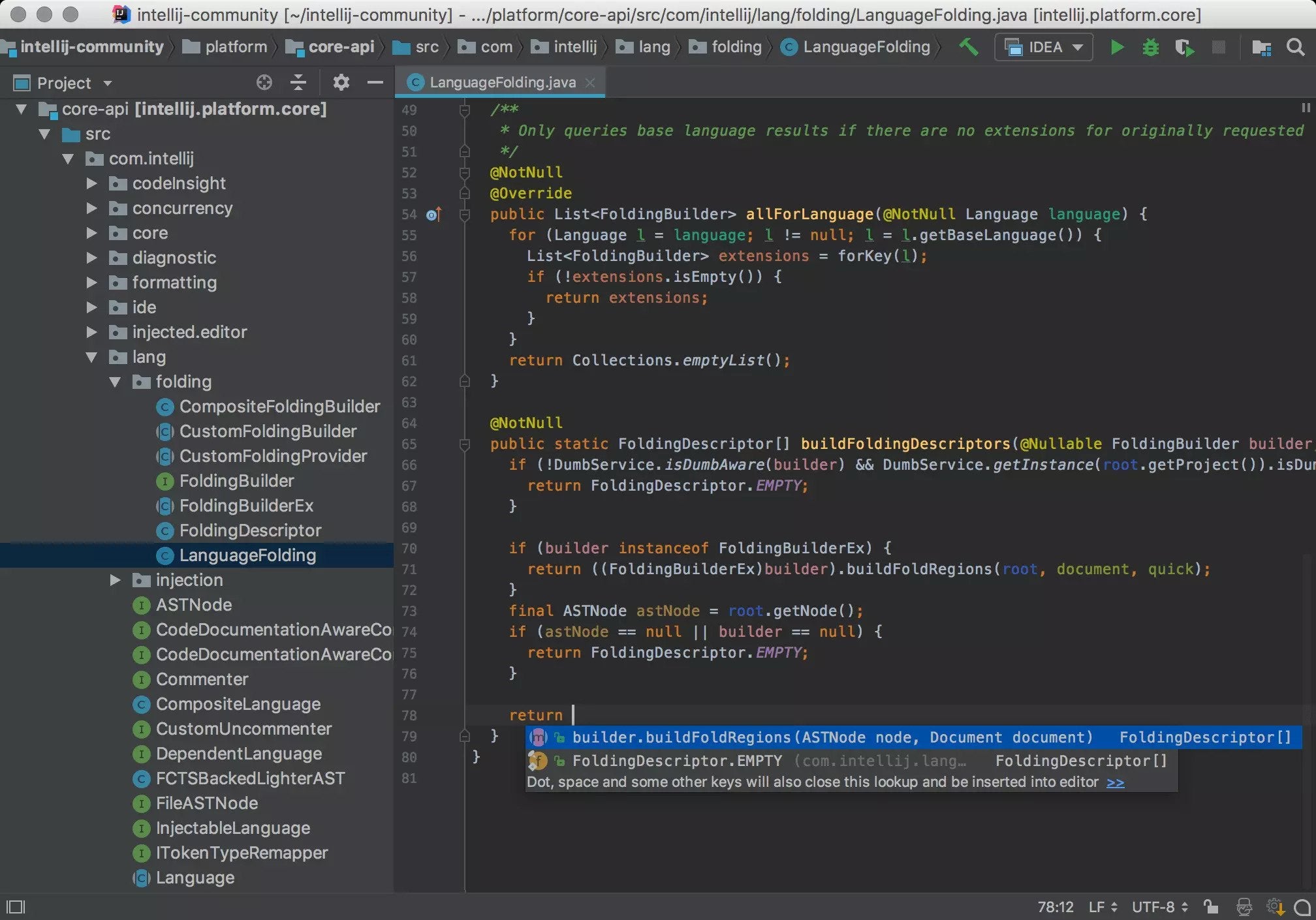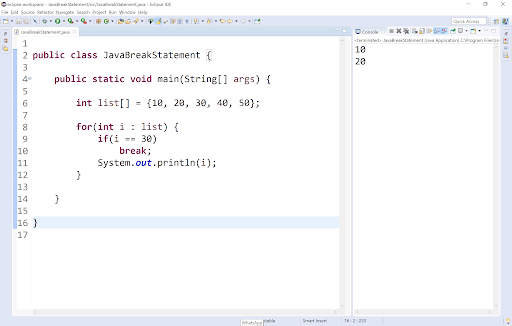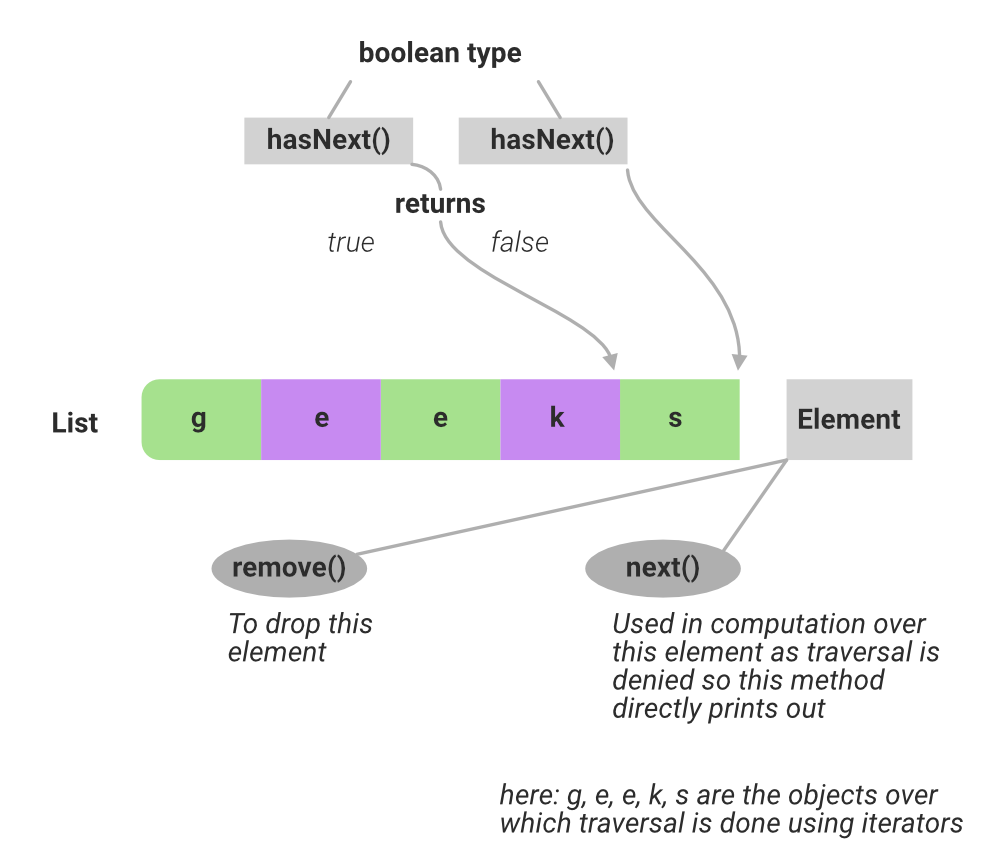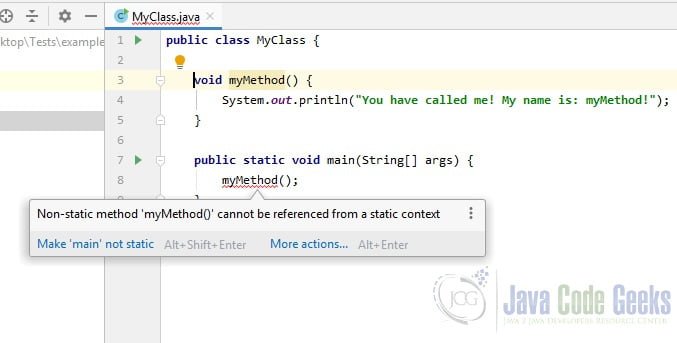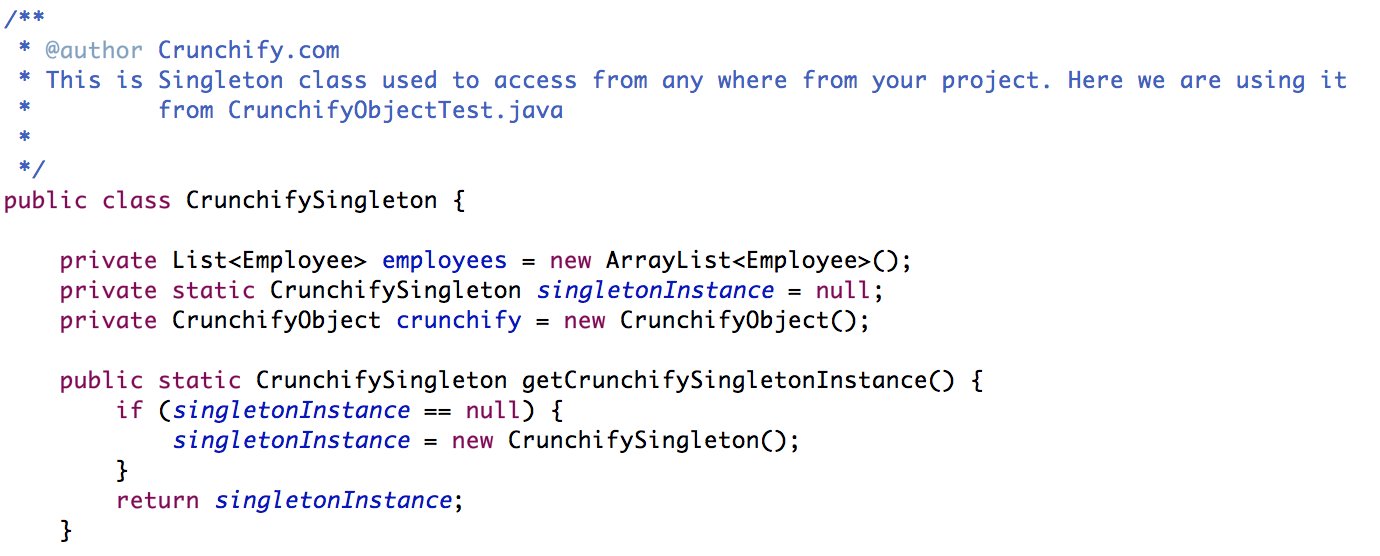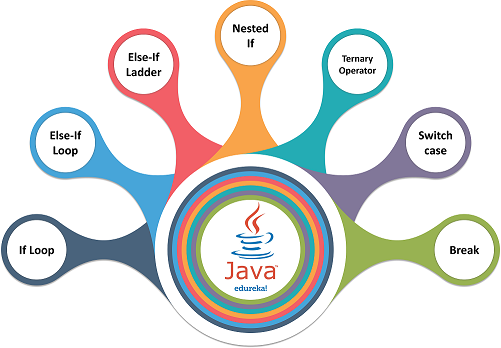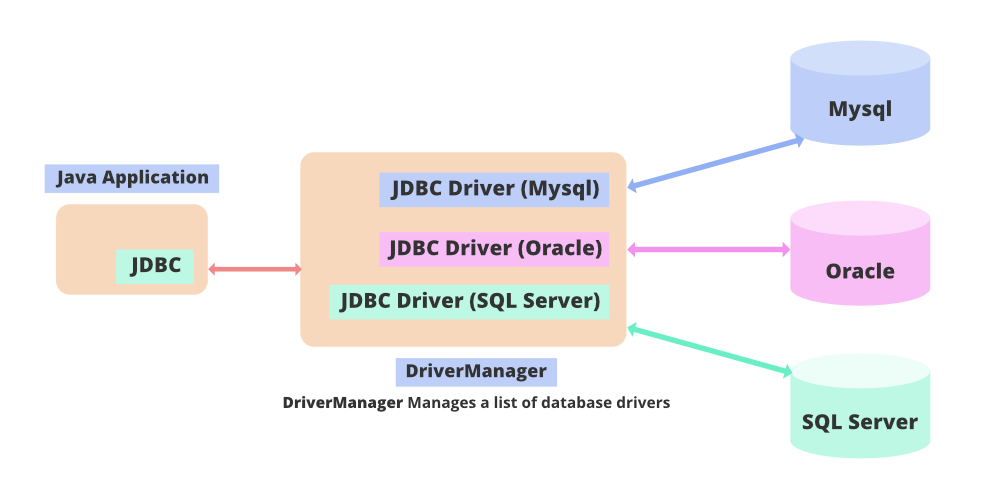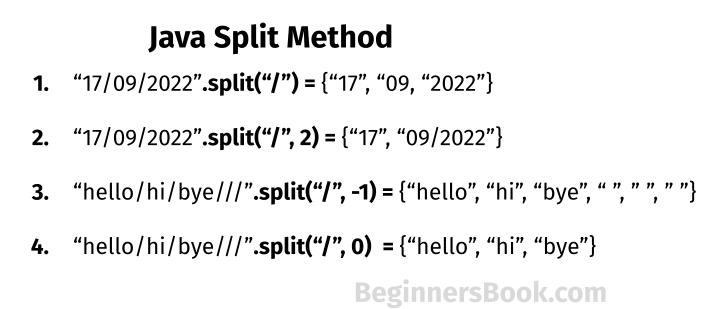How to get field name as String in Java?
How to get field name as String in Java?
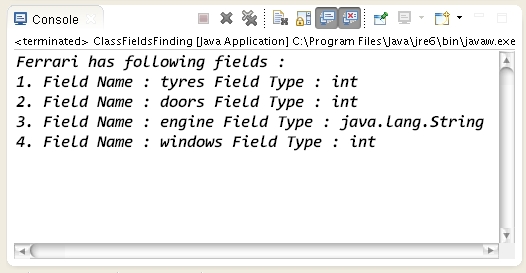
I'm happy to help!
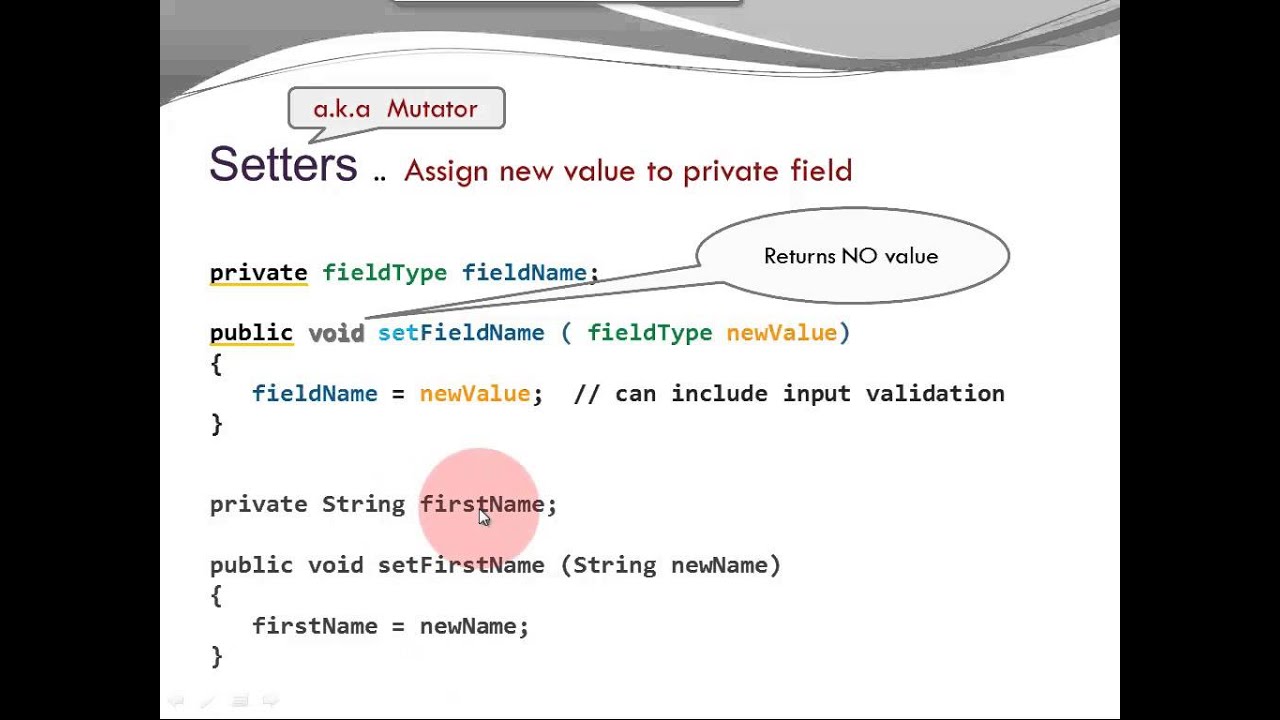
In Java, you can get the field name of an object as a String using various methods. Here are some approaches:
Using Reflection: You can use thejava.lang.reflect package to access the field names programmatically.
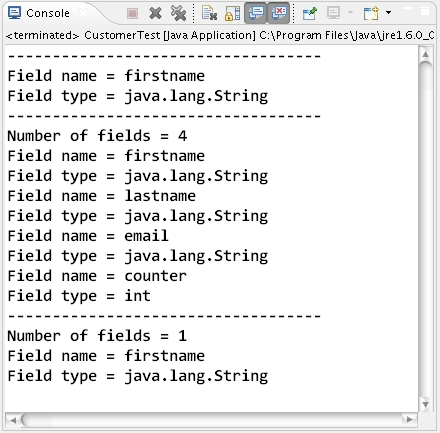
Create a Field object by calling the getDeclaredFields() method on the class or instance you're interested in. Then, iterate through the fields and call the getName() method to get the name as a String:
import java.lang.reflect.Field;
import java.util.Arrays;
public class Main {
public static void main(String[] args) throws Exception {
// Get the field names of a class
Class<?> clazz = MyClass.class;
Field[] fields = clazz.getDeclaredFields();
for (Field field : fields) {
System.out.println(field.getName());
}
// Get the field name of an instance
MyClass myObj = new MyClass();
Field[] fields2 = myObj.getClass().getDeclaredFields();
for (Field field : fields2) {
field.setAccessible(true); // Make sure you set the access mode to true for private fields
System.out.println(field.getName());
}
}
}
class MyClass {
private String myString;
}
java.beans package to get information about the beans and their properties.
Create a BeanInfo object by calling the Introspector.getBeanInfo() method on the class or instance you're interested in. Then, iterate through the property descriptors and call the getName() method to get the name as a String:
import java.beans.BeanInfo;
import java.beans.IntrospectionException;
public class Main {
public static void main(String[] args) throws Exception {
// Get the property names of a class
BeanInfo beanInfo = Introspector.getBeanInfo(MyClass.class);
PropertyDescriptor[] properties = beanInfo.getPropertyDescriptors();
for (PropertyDescriptor property : properties) {
System.out.println(property.getName());
}
// Get the property name of an instance
MyClass myObj = new MyClass();
BeanInfo beanInfo2 = Introspector.getBeanInfo(myObj.getClass());
PropertyDescriptor[] properties2 = beanInfo2.getPropertyDescriptors();
for (PropertyDescriptor property : properties2) {
System.out.println(property.getName());
}
}
}
class MyClass {
private String myString;
}
java.processing package to generate code that provides the field names at compile-time.
Create a processor class that implements the DocCommentVisitor interface and overrides the visitMethod() method to extract the field names:
import java.lang.annotation.Retention;
import java.util.ArrayList;
import java.util.List;
@Retention(RetentionPolicy.RUNTIME)
public @interface FieldName {
}
class MyProcessor extends SimpleProcessor {
@Override
public void visitMethod(MethodWriter writer, Class returnType, String methodName, Class[] parameterTypes) throws Exception {
// Get the field names
List fieldNames = new ArrayList<>();
for (Class<?> c : getClassHierarchy(writer.getClassName())) {
if (c.isAnnotationPresent(FieldName.class)) {
for (Method m : c.getDeclaredMethods()) {
if (m.isAnnotationPresent(FieldName.class)) {
fieldNames.add(m.getName());
}
}
}
}
// Print the field names
for (String fieldName : fieldNames) {
writer.visitField(RetentionPolicy.RUNTIME, fieldName, "", false);
}
}
}
public class MyClass {
@FieldName()
private String myString;
}
Remember that these approaches have different trade-offs in terms of performance, complexity, and scalability. Choose the one that best suits your needs.
That's it!
How to get private field names in Java reflection?
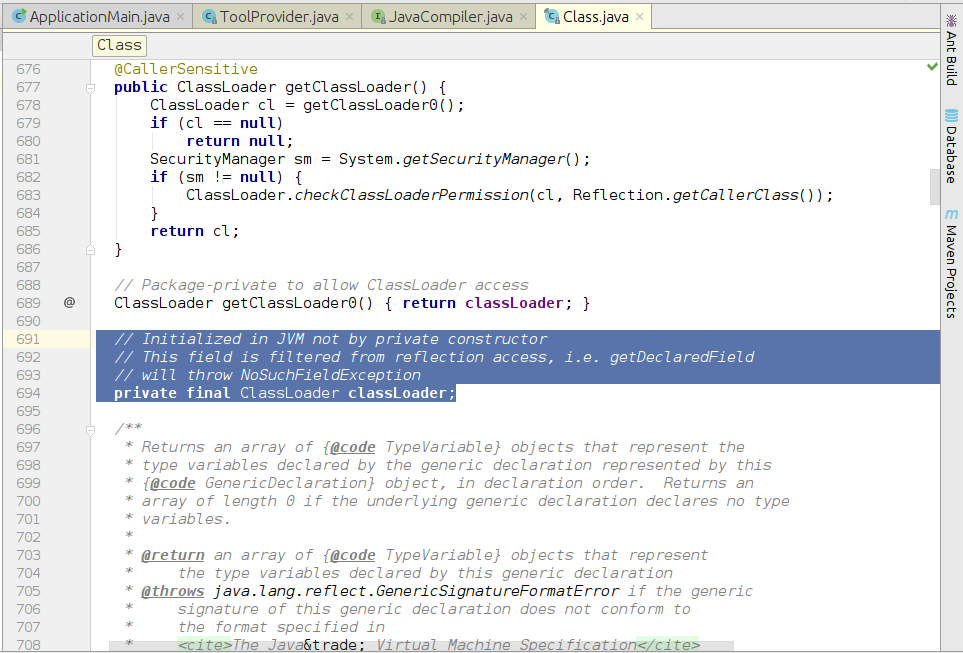
In Java, accessing private fields using reflection is a bit tricky because of the way Java's visibility mechanism works. By default, Java's reflection API can't access private members of a class. However, there are some ways to achieve this:
Using Java's built-in methods: ThegetDeclaredField() method returns all declared (public, private, or protected) fields from a class. You can then use the setAccessible(true) method to bypass the visibility restrictions and access the private field.
Here's an example:
Class clazz = MyClass.class;
Field field = clazz.getDeclaredField("privateField");
field.setAccessible(true);
Here's an example:
public class MyClass {
@Getter
private int privateField;
public MyClass() {}
}
Class<?> clazz = MyClass.class;
Field field = clazz.getDeclaredField("privateField");
In this case, we use the @Getter annotation to make the private field accessible.
Here's an example:
ClassVisitor cv = new MyClassClassVisitor();
MyClass.classVisitor(cv);
getDeclaredField() method to get the field, then serialize it and access its value.
Here's an example:
ObjectInputStream ois = new ObjectInputStream(new ByteArrayInputStream(serializedData));
MyClass myObject = (MyClass) ois.readObject();
field.setAccessible(true);
int privateFieldValue = (int) field.get(myObject);
Keep in mind that accessing and modifying private members can lead to unpredictable behavior, as it goes against the encapsulation principle of object-oriented programming. Always consider the implications of your actions when working with private fields.
Remember, accessor methods should always be used instead of directly accessing private members whenever possible. Accessor methods allow you to control access and provide a layer of abstraction between the internal state of an object and its external representation.
It's also important to note that some Java frameworks and libraries, such as Spring or Hibernate, can help you access private fields in a more controlled and type-safe manner.
